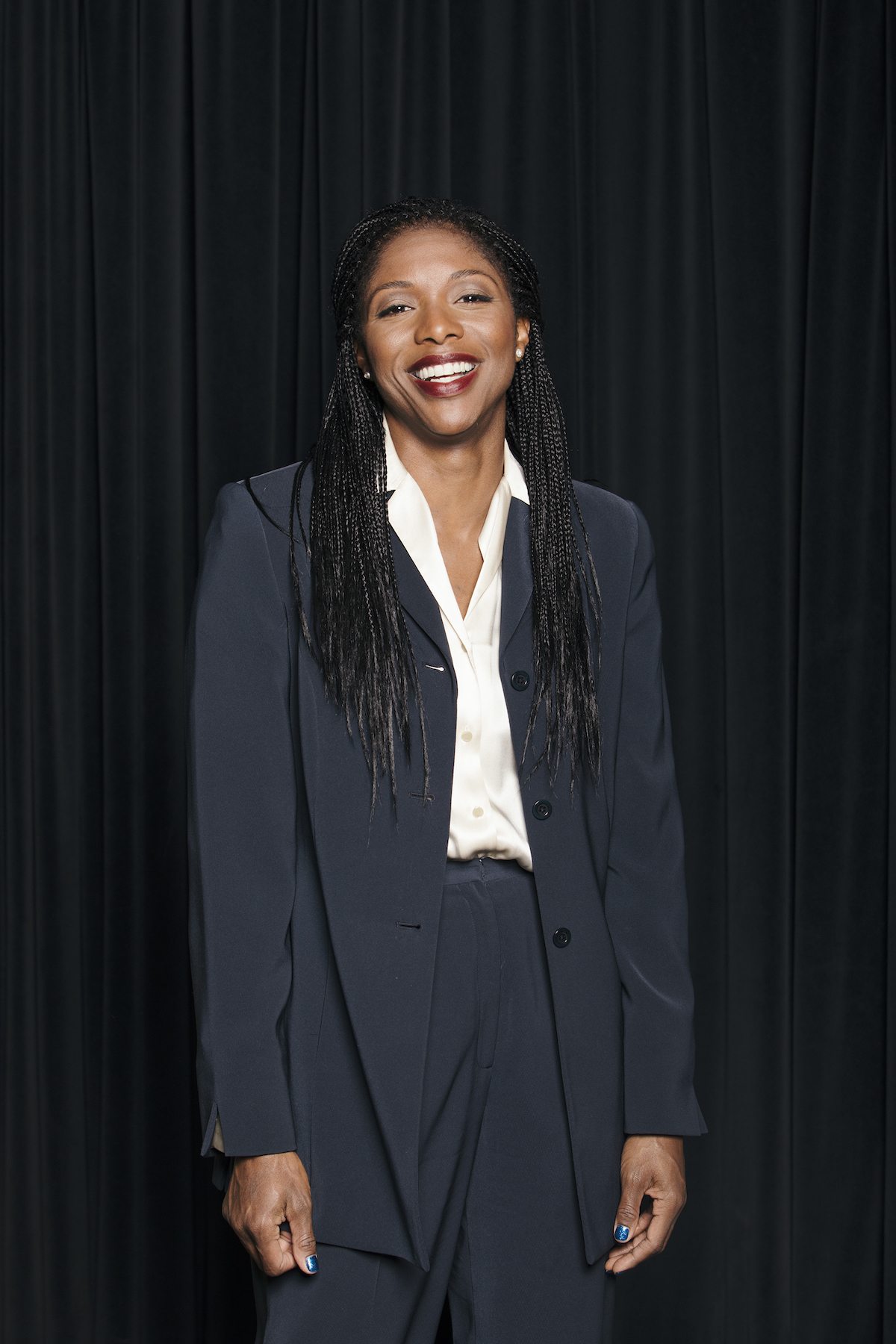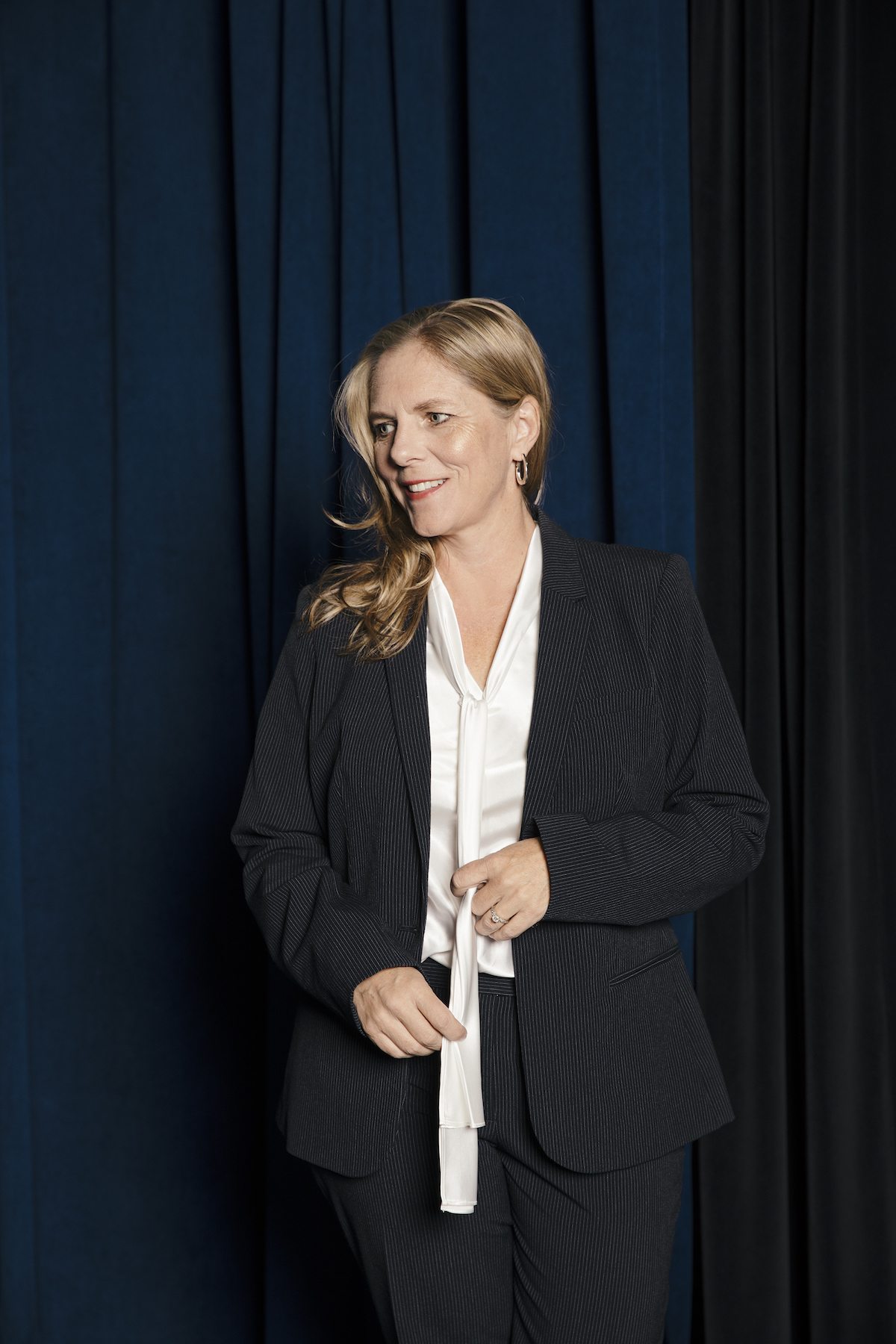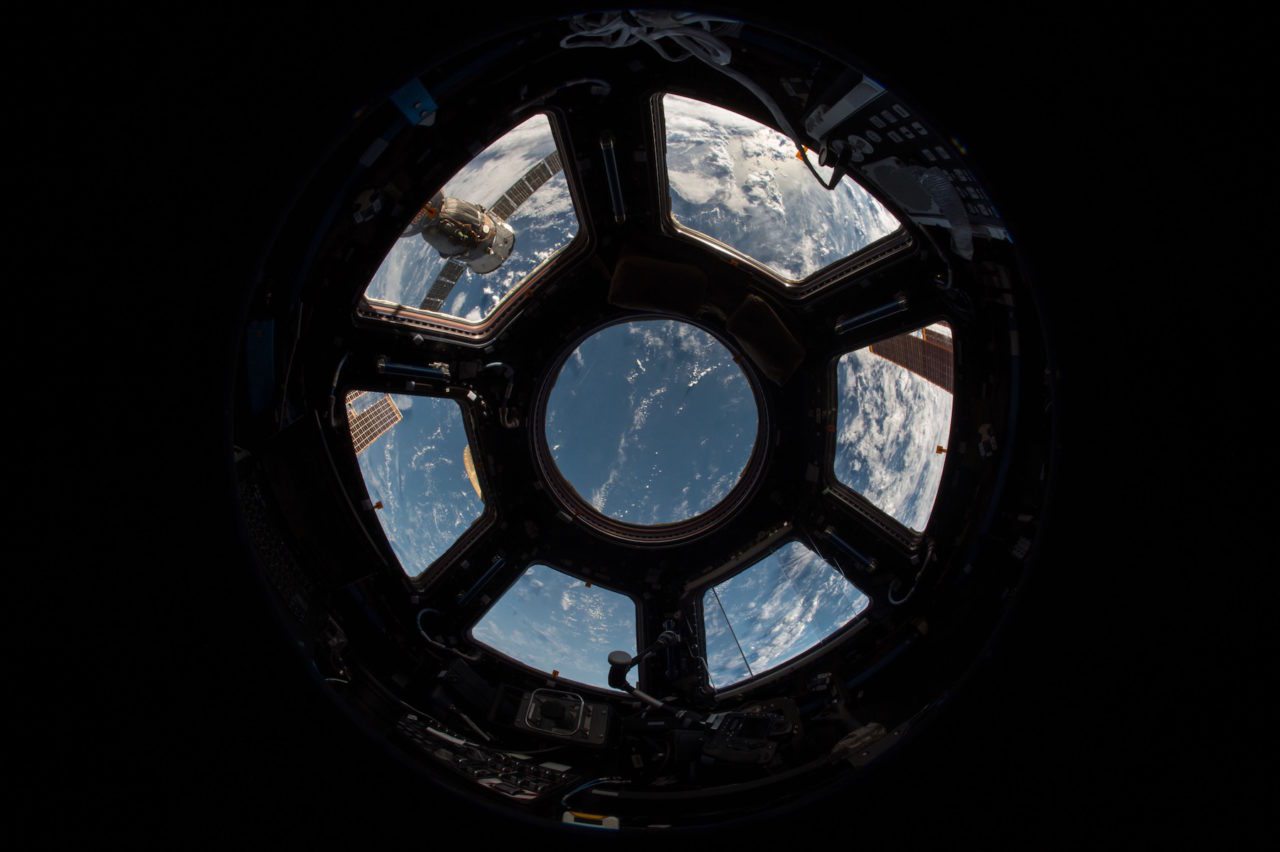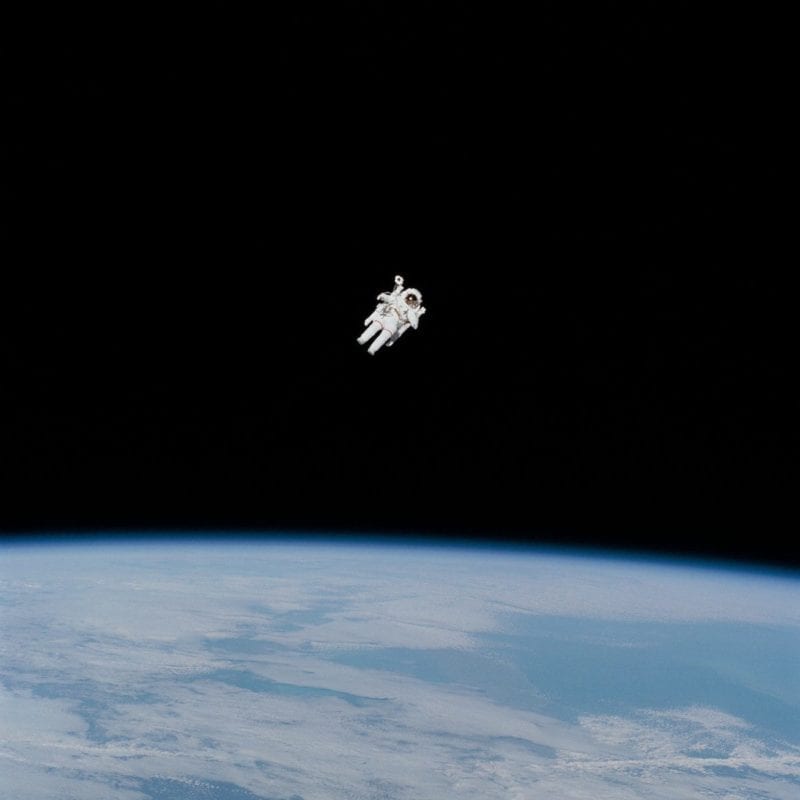As you’ll read in Darling Issue 22, a staff field trip to Pasadena’s NASA Jet Propulsion Lab (JPL) earlier this year left us completely inspired as a team. We all had the consensus that we wanted a repeat of every science class we’d ever taken, standing wide-eyed before tinfoil-like toys that had flown past stars, landed on planets and literally traveled through time.
In our winter issue we had the privilege of sitting down with two women who play key roles at NASA JPL, Mars 2020 Payload Verification and Validation Lead Shonte Tucker and Mars 2020 Mission System Development Manager Jennifer Trosper. Their interviews were so fascinating we couldn’t keep them confined to print’s pages.
Below, we’re sharing extra snippets of their feature that’ll have your head in the clouds — in a really good way.
Sarah Dubbeldam: When you look up at space, what’s usually the first thing that comes to your mind?
Shonte Tucker: What an amazing world we live in and, really, how small we are from the standpoint of the entire universe. It makes me think about our significance. It makes you very humble in your opinion of yourself, of your life, because when you look at the universe, it’s just so vast. You’re just a spot on the earth, so to speak.

Jennifer Trosper: For me it’s God [laughs] I think. I’ve just always been in awe of what I believe is an amazing universe. You know, I’ve been a missionary, I’ve done lots of things and I’ve been raised in a home that believes in God and so, to me, it sort of gives me a sense of who God is.

SD: That’s amazing. Do you remember when you were first captivated by the idea of space and knew that you wanted to dedicate your career to it?
ST: Oh, wow. Growing up my mom worked for Lockheed Martin. She’s been with Lockheed Martin for forty-five years and she always brought home pictures of planes and she would show me other really cool things that Lockheed did and so I grew up wanting to be a fighter pilot—actually a recon pilot. And my mom talked me out of that. She said, “Oh no, no, find something else to do. You’re my only child.”
I decided that I wanted to be an aeronautical design engineer. She thought, “Why don’t you go mechanical? It’s broader.” I started looking into different opportunities in mechanical engineering that were related to Lockheed-type stuff, looking at planes and fighter jets and things, then I realized that there’s also this whole really cool component of space.
So as I started looking into aerospace engineering, I started learning even more about space and we did lots of really cool space projects at school. I grew up in the Pasadena area and we went on field trips to JPL and after my first one, I was totally sold. I knew immediately that I wanted to be an engineer in the aerospace industry building spacecraft.
JT: Yeah, it’s interesting because even though I grew up on a farm in Ohio, my dad had worked in the space industry early on. He had worked at White Sands and he would tell stories, but he [also] had this picture in our den at home. It was a picture of this rocket that was one of the earliest missiles, the Nike Zeus missile. He had moved to England to install some over there, just as kind of protection, and he would tell these stories of testing those and being at the White Sands missile range, being in the block house and it would go screaming across the ground.
For whatever reason, I just thought it just sounded really exciting. So, even though I grew up raising pigs and sheep and working in the field, that one picture on the wall and my dad’s stories kind of got me interested, in a way.

SD: Can you describe what you do, day-to-day, in your role and then tell us about a current or maybe past project that’s really exciting to you?
JT: As the Mars 2020 Mission Operations Development Manager, my job is to lead the team of people who build all the software and operations for the rover once it gets to Mars. So all the mission design, the navigation, how do we get it there and once it lands, what does it do? We do all the math for the trajectories and things like that.
I manage the mission design and navigation and then they have a team. I manage the ground data systems and they have at team. And I manage the mission operations systems and they have a team. And then I manage the tests and training and then they have a team. So I actually lead the leaders, I want to make sure that my vision is something that is shared amongst the leadership and then is appropriately focused down and cast on the folks doing the work. I really think that that level of iteration and vision is important.
I was [also] the deputy project manager on Curiosity, and Curiosity was a great mission. Then [for Mars 2020] we said we were going to rebuild about the same thing, but when we get to Mars we’re going to drive twice as far and collect six times as many samples. So it’s like, well, how do you do that with the same rover?
You really have to improve how you do operations. You have to improve how smart the rover is, and so we have a couple of things that I like get in everybody’s head: We’re effective and we’re efficient. We have a five-hour timeline. We have to be able to build commands for the rover in five hours no matter what the rover needs to do. It used to take us 17 hours when we landed on Curiosity, so we put some really key high-level, kind of unreachable goals in the mind and we talk about them everyday.
SD: Can you describe what work you are currently doing as the Pay V and V?
ST: I’m responsible for making sure that the instruments test their hardware properly prior to delivery to JPL. The instruments will be delivered to us and after that they’re sent to an assembly test launch operations area where the instruments are then installed on the rover. Then we do further tests.
It’s one thing for the instrument to play well by itself, but does it now play well with others? They may have said, “It only swings this far, it only moves this far.” When we install it on the rover, does it still only move this far? Does it do what it’s supposed to? Is it interfering with other instruments? When we tried to turn it on again, did it still work? Now that we’re in the space simulator and we’re taking it to really cold temperatures, can we still take a picture? Are we getting any information back?
We want to make sure instruments do everything they signed up to do, that through showing analysis and data hardware will meet the very tough requirements that have been levied on them.

SD: Women have statistically been underrepresented in STEM-related fields. Do you think that trend is changing?
JT: I wouldn’t call it an issue. I would say that it’s a fact, right?
When I came to JPL a lot of women tended away from engineering for some reason. I think it’s, some of it, is probably the way we were raised. I mean, the guys sit there with their dads and fix things. I happened to be a farm girl, so I sat there and fixed things too [laughs]. But I personally haven’t had issues because I think my approach has always been to strive to be excellent.
Whenever I mentor, I try to make sure that the focus of young people’s attention is on being excellent at what they do, not worrying so much about, “Well, how as a woman do I succeed?” How do you succeed? [laughs] You get really good! That’s right! You make sure you’re that person in the room who’s needed in the room to make decisions, then you’ll be in the room when they make decisions.
ST: Yes – it’s an issue, it continues to be an issue. I think the trend is changing now that we have more attention being given to STEM programs and STEAM programs. I think getting kids interested early before someone tells them, “it’s not cool and you’re a girl, you don’t do that” is absolutely key and it helps them in that area.
I would say, to some extent, it was an issue in my career. I started feeling it in college and honestly, I didn’t let it bother me. I have such a strong mom. She takes nothing from anyone. And I’m a very strong personality. I feel that I’m very relatable, which helps me a great deal with my male coworkers. I can talk football better than most of them and I know who’s team lost the night before, so when they try and say something I can say, “Well, you know, you’re probably having a bad day because the Raiders had a bad night.” And they’re like, “Oh, wait a second.”
[Also], from a technical standpoint, I make sure that I’m technically sound. I make sure that I know what I’m talking about, that I’ve done my homework, that I have data and I have whatever metrics I need to support what I’m talking about. At the end of the day, right is right. That’s the beauty of math and science.SD: Lastly, and I’m sorry this is naïve, but will people ever go to Mars?
ST: I think people will go to Mars.
SD: Why is it so difficult to send a human there versus a rover?
ST: Oh my. It’s like we understand how people can live in space for long periods of time because we have the International Space Station and we have people who’ve been living there for long, long periods of time, long stretches of time.
The trip to Mars, it’s a long trip and propulsion-wise, we’re not really in a position to get there too much faster than we currently do. And, you know, being able to sustain life on a planet that’s so cold and CO2-based as opposed to oxygen, there are just a lot of challenges. Not only getting to Mars, but allowing them to sustain on Mars.
SD: How long would it take to get someone there, currently?
ST: If we were to go with our current technology, I would have to check that number. I would say somewhere around eight months.
Read the rest of our conversation with Shonte and Jennifer when you become a Darling subscriber HERE! Annual and gift subscriptions begin with Issue No. 22.
Feature Image via NASA











